Publications
YIP Yiu Wan, Joanne
Year
Posture correction girdle with intelligent padding system to dynamically adjust the pressure distribution and correct the scoliotic spine
This study presents a pneumatic padding system for adolescent idiopathic scoliosis. It allows dynamic pressure adjustments, evidenced by wear trials that show improved posture correction and reduced curvature. This innovative system offers a promising alternative to traditional braces, enhancing patient support. Read more

Inclusive Design for Older Adult With Degenerative Scoliosis: The Integration of Monitoring Sensors and Functional Garment
This study delves into crafting a scientific framework for smart monitoring garments tailored for Adult Degenerative Scoliosis (ADS). By blending qualitative and quantitative research, it explores integrating smart sensors with garments, aiming to enable spine rebalancing through advanced self-correction techniques. Read more

Biomechanical Analysis Of Unilateral Transtibial Amputees Using Prosthetic Foot During Treadmill Walking At Varying Slopes: 1721
This study aimed to investigate the effect of the prosthetic foot used by unilateral transtibial amputees during different walk tasks by utilizing biomechanical analysis. Read more
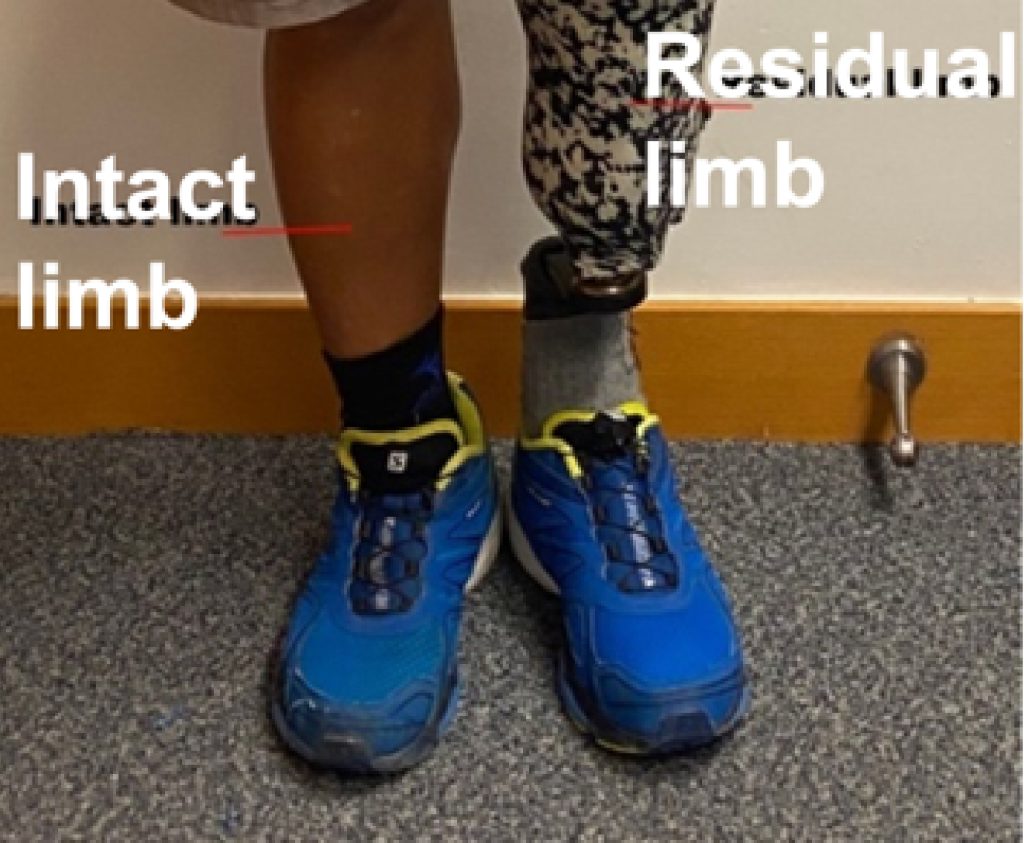
Surface electromyography (sEMG) biofeedback posture training improves the physical and mental health of early adolescents with mild scoliosis: A qualitative study
This study explores a biofeedback posture training program for adolescent idiopathic scoliosis, highlighting its ability to improve paraspinal muscle symmetry and reduce curve progression. It also examines how the program enhances posture correction and quality of life for adolescents through subjective experiences. Read more

A Neural Network Approach for Inertial Measurement Unit-Based Estimation of Three-Dimensional Spinal Curvature
This study introduces a novel approach to monitor spinal curvature using machine learning and sensors, shifting from static imaging to real-time dynamic analysis. By employing neural networks and inertial measurement units, the method effectively estimates spinal curvature with minimal error, enhancing examination accuracy. Read more
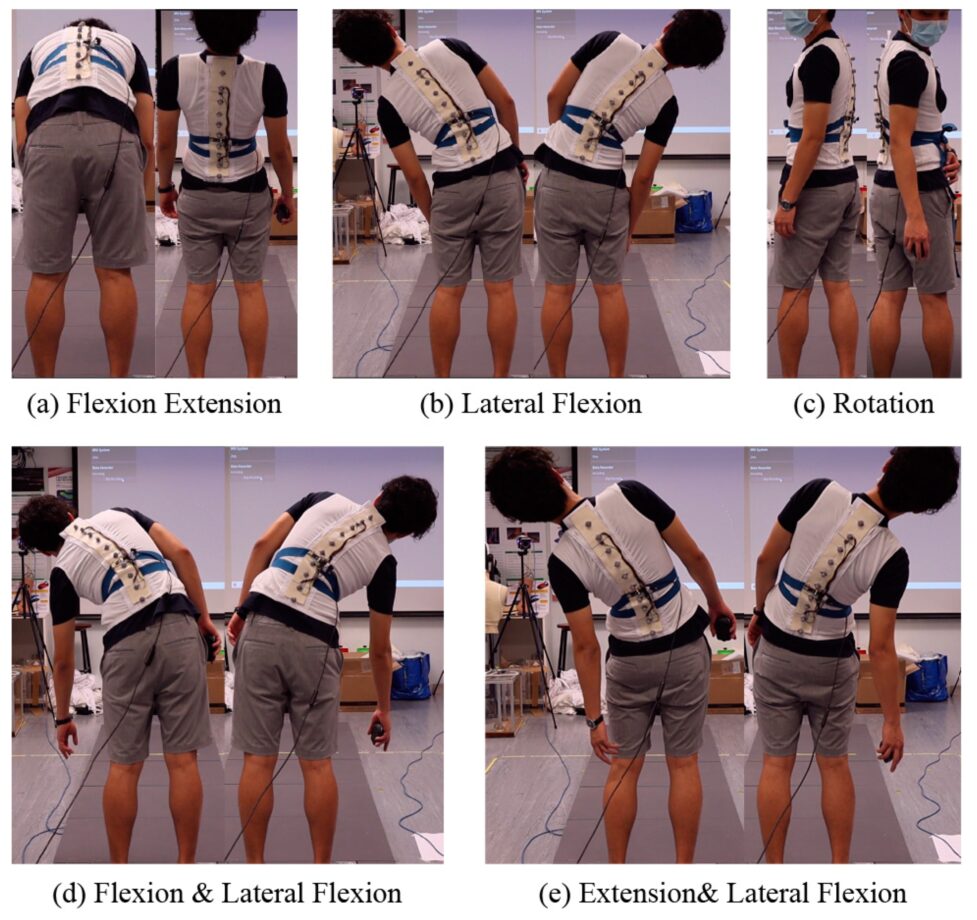
A Novel Force-Sensing Smart Textile: Inserting Silicone-Embedded FBG Sensors into a Knitted Undergarment
This study presents a novel method for developing force-sensing smart textiles by embedding silicone-enclosed fiber Bragg grating sensors. The innovation enhances sensitivity, flexibility, and real-time data acquisition, aiding in precise bracing treatments for scoliosis, with promising accuracy and adaptability. Read more
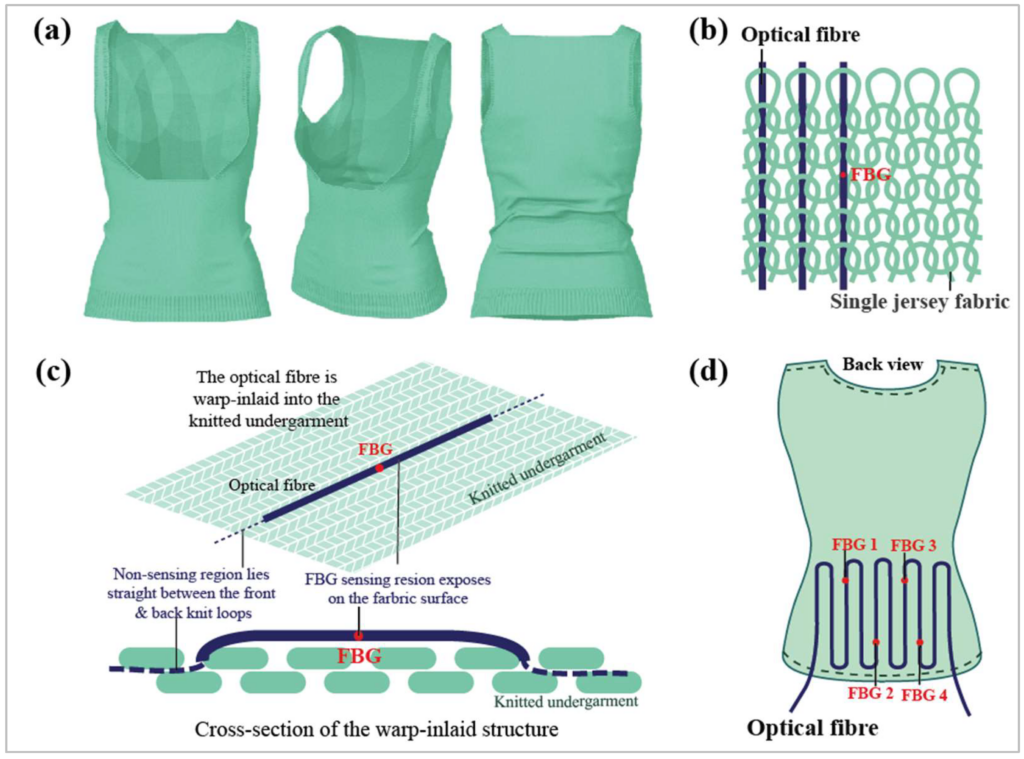
An exploratory study of dynamic foot shape measurements with 4D scanning system
This study uses a 4D foot scanning system to analyze foot deformation in diabetic patients, focusing on dynamic shape changes during walking. By employing point cloud registration and measurement extraction algorithms, it aims to enhance insole and footwear comfort through improved understanding of foot dynamics. Read more
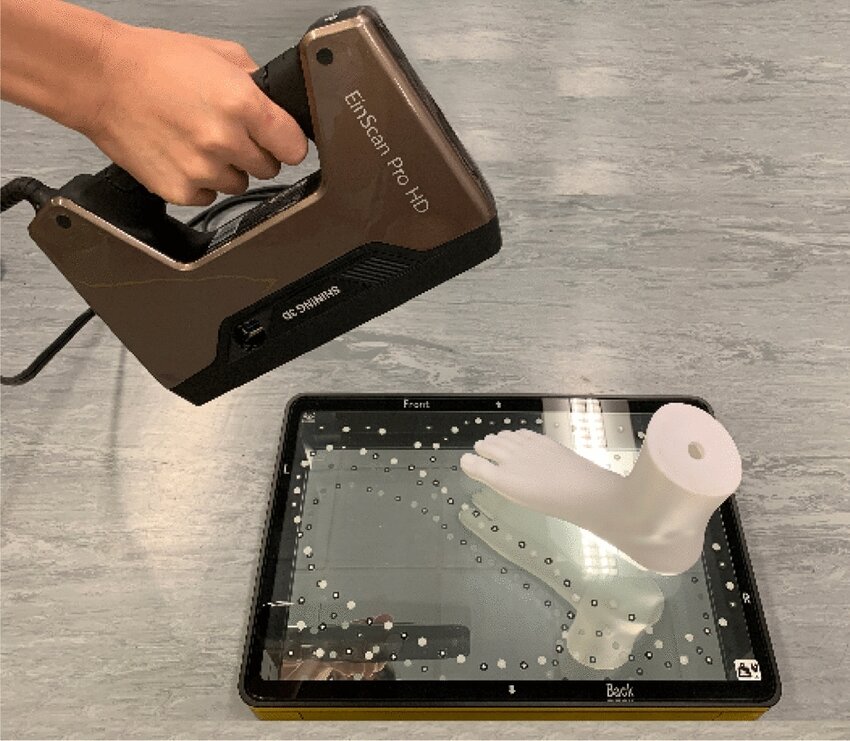
The inter-connection of sports bra design attributes and elderly women’s perceptions
This study explores sports bra design for elderly women, focusing on comfort through support, cup design, and thermal management. Network analysis reveals discomfort links to tightness and straps, guiding improvements for age-friendly sportswear. Read more
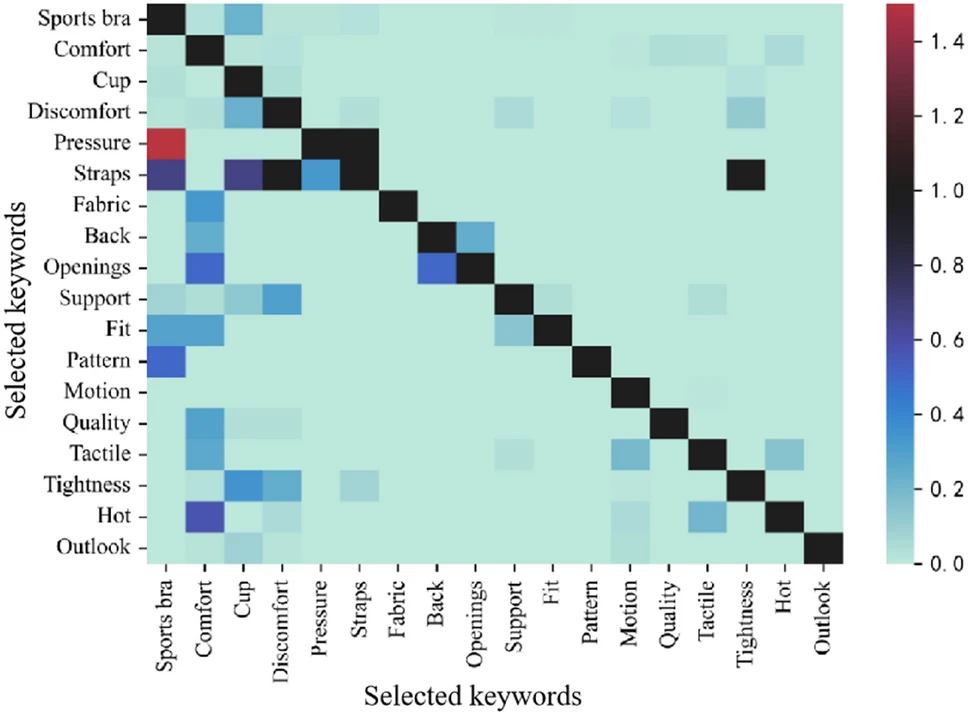
Design and characterize of kirigami-inspired springs and the application in vertebrae exoskeleton for adolescent idiopathic scoliosis brace treatment
Kirigami-inspired springs, optimized via additive manufacturing and FEM, enhance scoliosis treatment with carbon-fiber-reinforced nylon. They offer comfort and effective spinal correction, showing 4.6% to 50.5% improvement in Cobb angle without obstructing X-ray views. Read more
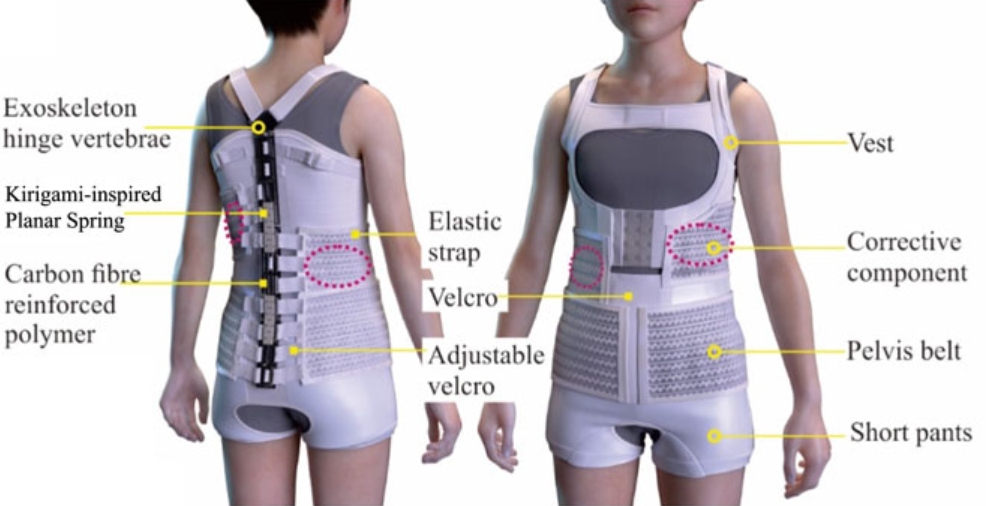
Fluid‐Driven High‐Performance Bionic Artificial Muscle with Adjustable Muscle Architecture
Fluid-Driven ExoMuscle mimics sarcomere structures with adjustable architecture, achieving up to 0.9 MPa actuation stress and 10.94 kW/kg power density. This bionic muscle enhances bio-robotics and wearable robots, combining efficiency with adaptability to human anatomy. Read more
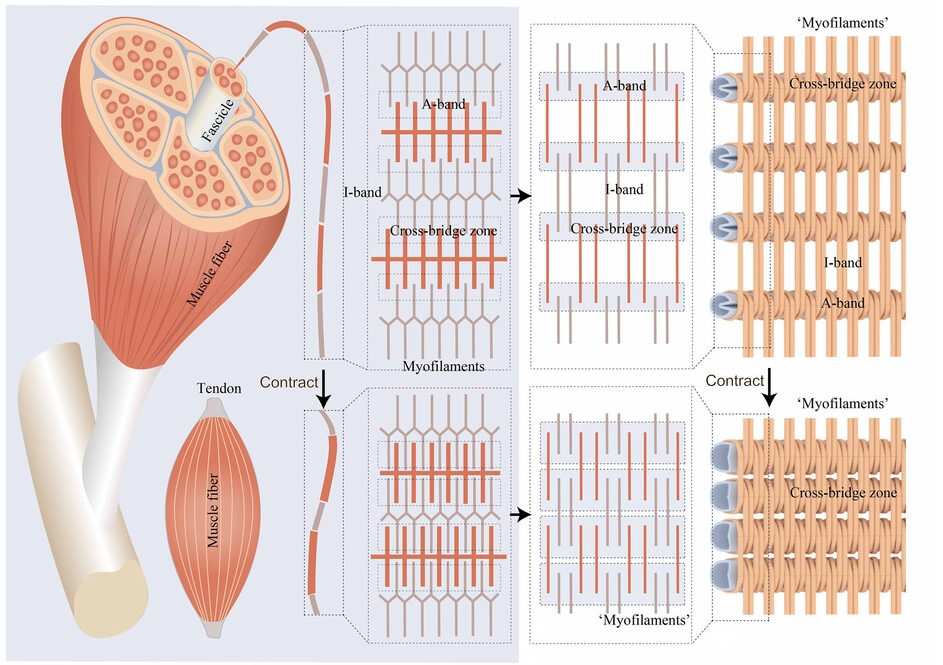
Here goes your text ... Select any part of your text to access the formatting toolbar.
Here goes your text ... Select any part of your text to access the formatting toolbar.
Here goes your text ... Select any part of your text to access the formatting toolbar.
Here goes your text ... Select any part of your text to access the formatting toolbar.
